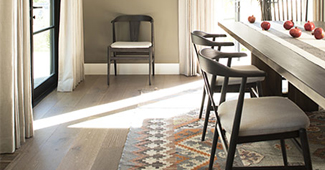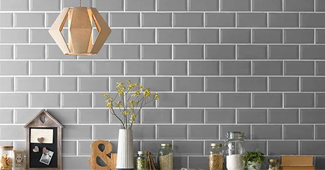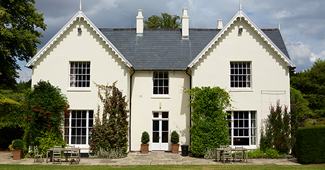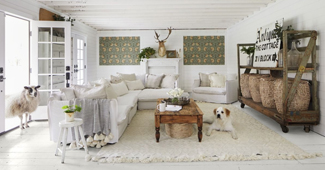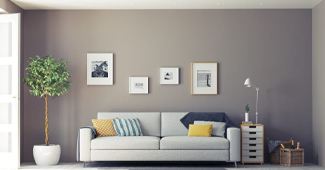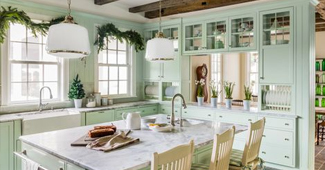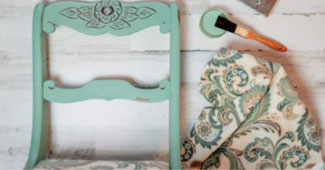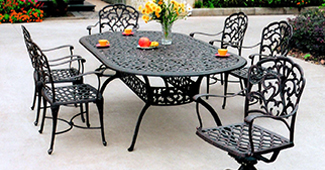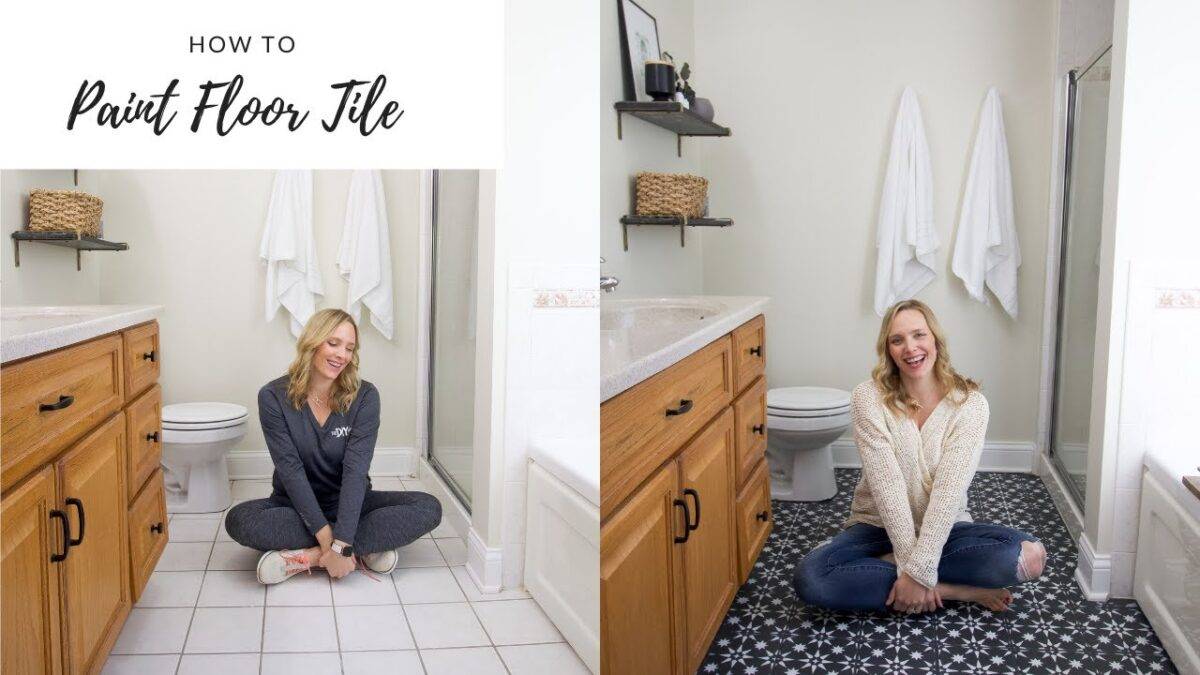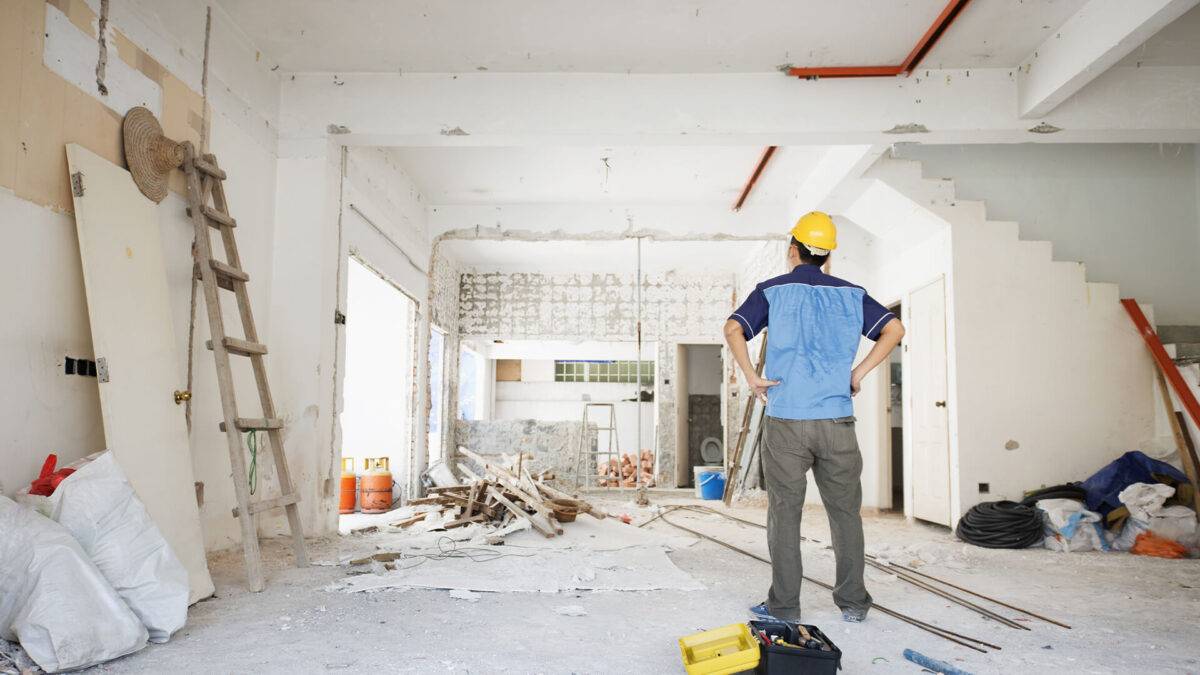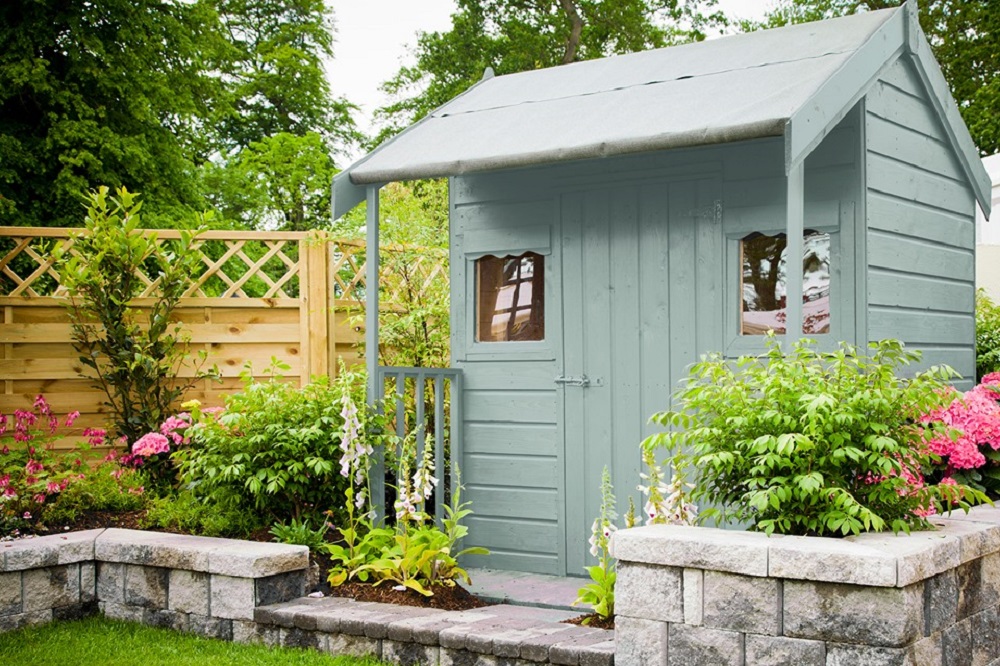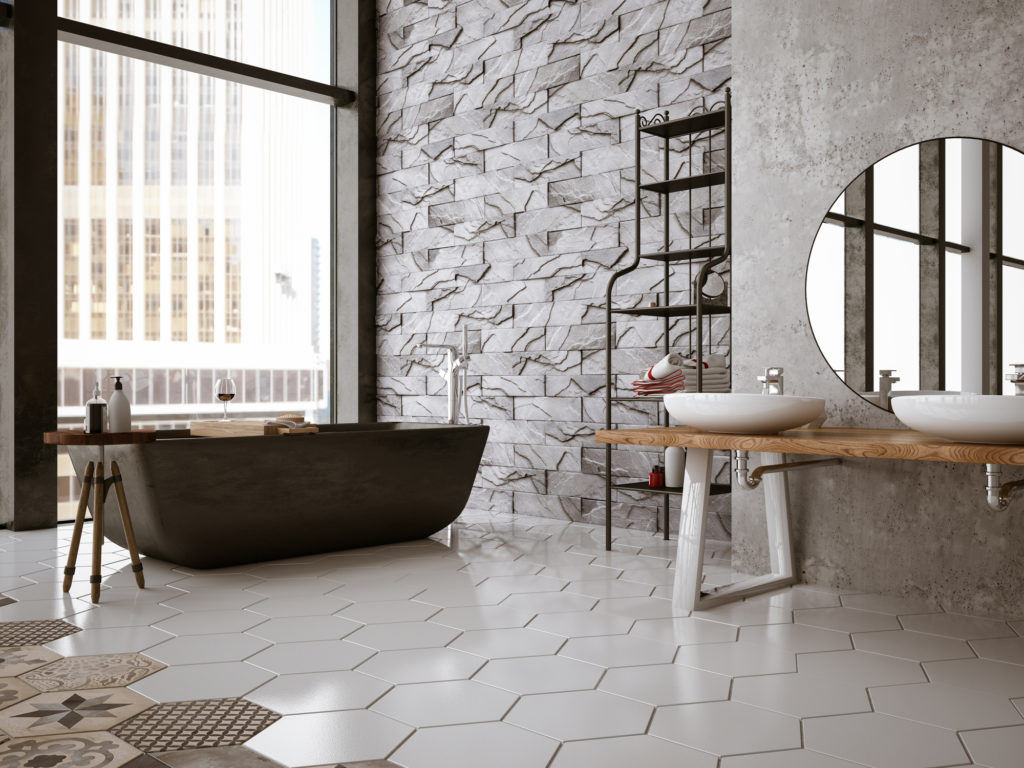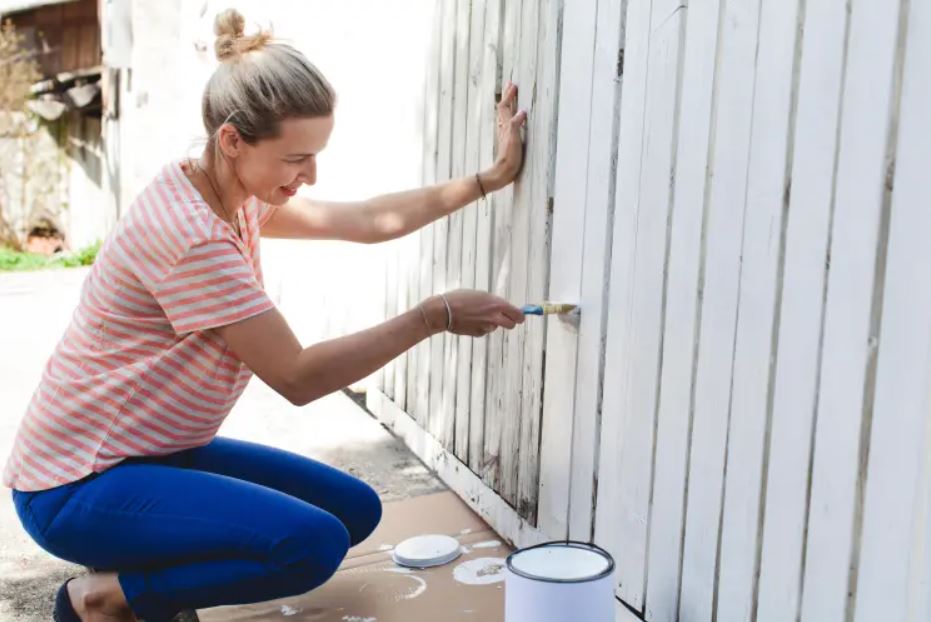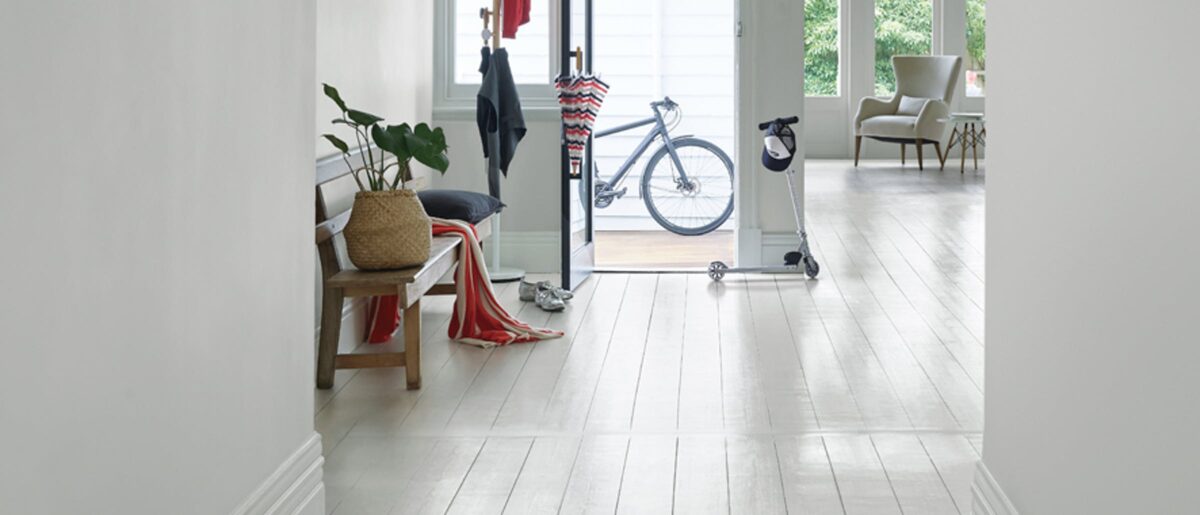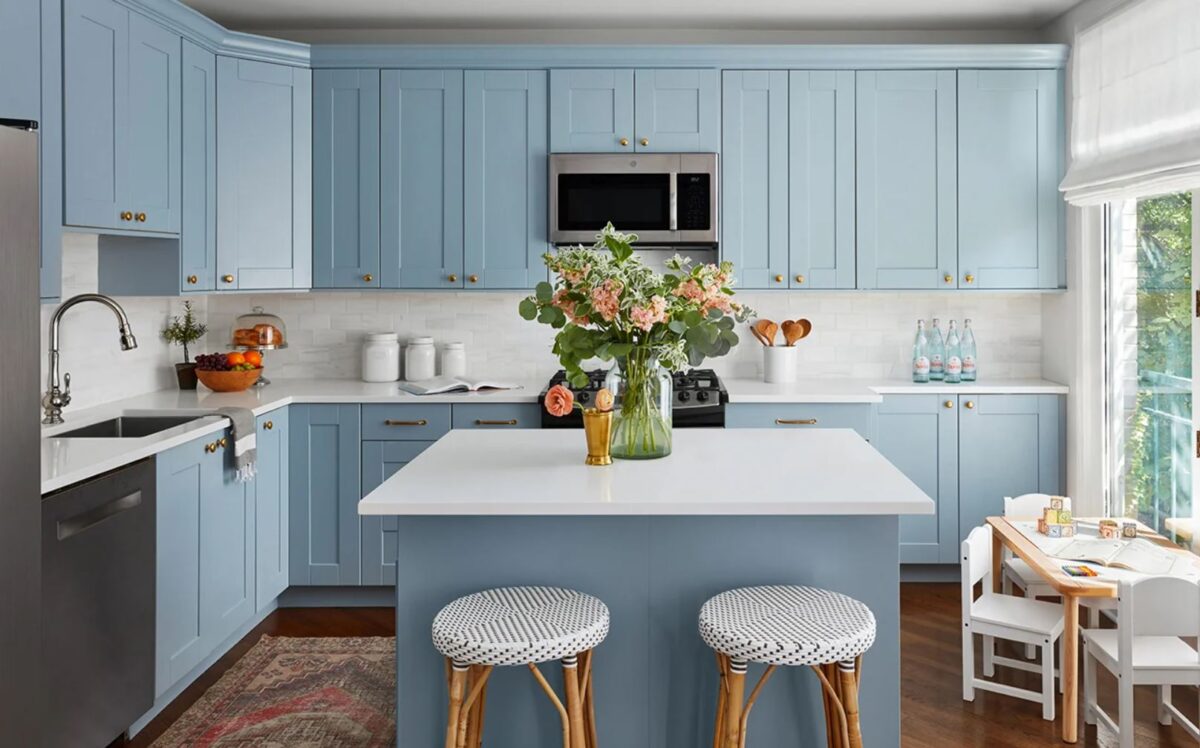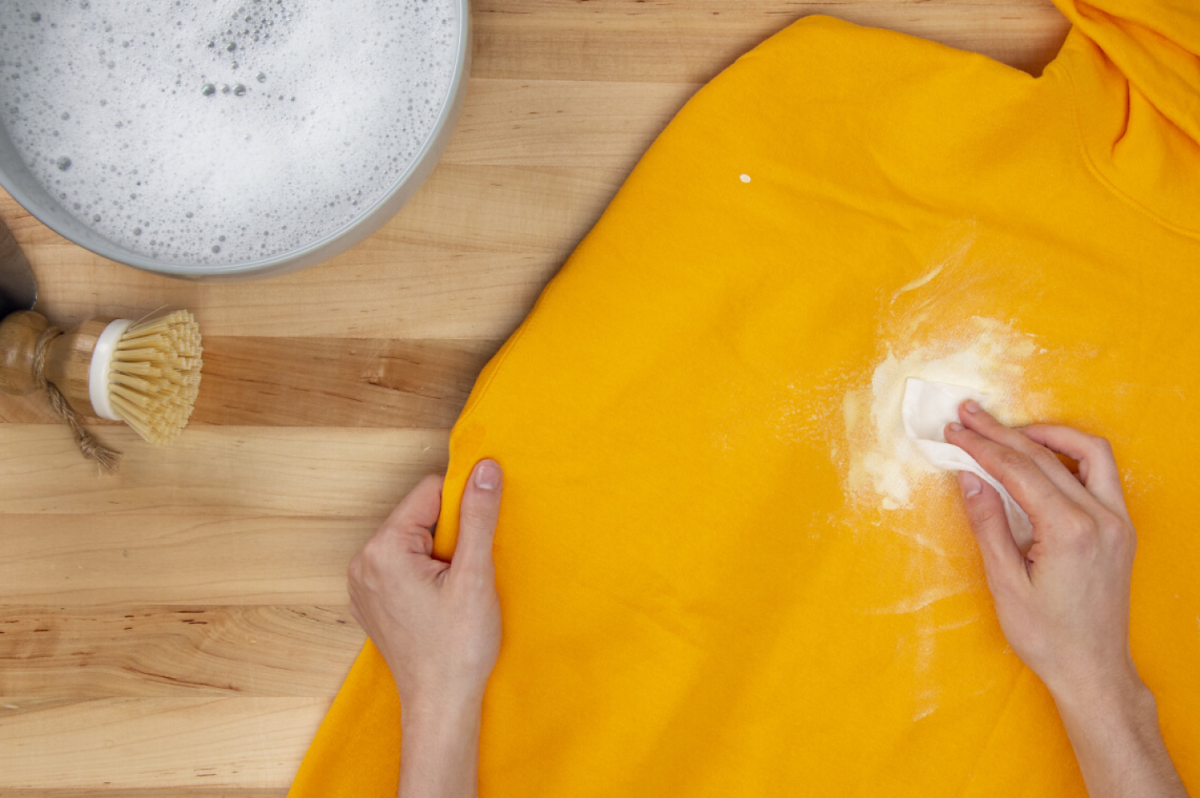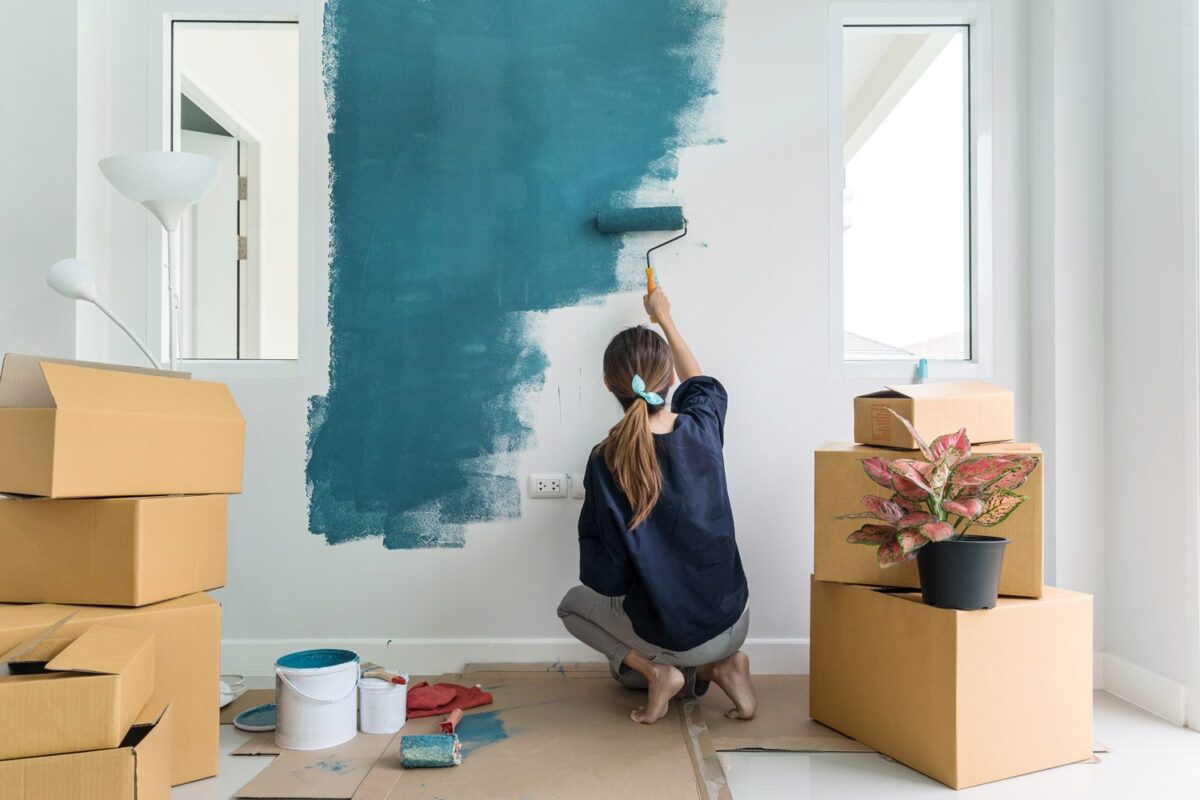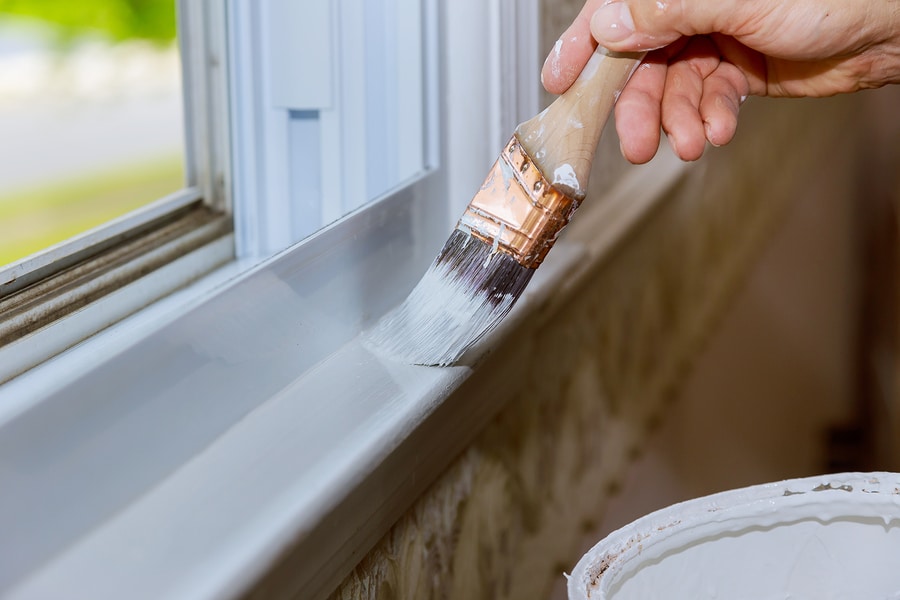So your walls need a little love and affection, we get it. Paint that is dull, lifeless and flaky simply does not bring happiness to any situation. Luckily, here at The Paint Shack, we specialise in happiness and we’re happy to help you get the colour you desire for your room. Remember we can match any colour you find through our unique free colour matching service.
So if you have been putting your room painting off, we’ve put this article together just to help you get started on your colourful journey. Below is some general advice for painting a room and getting a positive result from your project. Painting the walls is a frequent DIY project and a cheap method to upgrade the overall look and feel of your room. It’s also not too painful, as you can imagine the hardest part is getting started. One of the great things about painting a room is that if you make a mistake, it’s never very difficult to fix the error.
Even if painting a room is simple to perform, you still need to have a strategy. It’s useless to carelessly grasp a brush and start applying paint to it. Everything depends on the final touch and the process is key. It will take some concentration on your part to get your new room perfectly perfect without making a mess. Fortunately, following our step-by-step painting instructions is very simple and by the end of the day we’re sure you’ll be please with your efforts.
Below is the Paint Shacks guide on how to paint a room. Follow each step carefully.
Picking Colours
Unsure about the best paint colours for a particular room? We like to think of each household as a flow of design or colour with certain themes or colours connecting each room of your house. Unfortunately, this is one area many people overlook, so take a step back and think a little about your overall house design goals and where this room fits in.
For instance, do you adore vibrant colours or do you favour more muted options? Taking into account your furniture and any art is also helpful. Before making a final decision, you can choose a few colours and purchase swatches to get a feel for the room. If you’re near our store, pop in and review some of our swatch packs and get some advice on colours that could best work for your room. Keep in mind with any colour you choose, it will appear slightly different in shade at different points during the day so it’s important to do a test patch and see how it transforms throughout the day.
Are you considering also doing the ceiling? Why not stick with the same hue? This can avoid a jagged, unfinished appearance. Additionally fantastic for hiding faults for a pristine finish, our Flat Matt. Contrarily, Soft Sheen is stain-resistant and simple to clean.
Getting Organised
For each 10 m2 of wall, you need about one litre of paint (or ceiling). What on earth does that mean? Check out our paint coverage calculator located on each product page on our website; all you need to do is enter the details of the room type. If the surface you’ll be decorating has a lot of texture, don’t forget to get enough paint for two coats plus extra. Additionally, ensure you’re using good quality tools such as brushes, roller covers and handles, paint trays, masking tape, and sheets. Did you know for example some rollers are designed for painting outdoor walls and others indoor walls and the finishes can be different? If you need advice, our team at The Paint Shack are always ready to offer advice and assistance.
An excellent brush size for cutting in and less delicate tasks is two inches. With window frames and trim, 1 inch will make it easier to reach those awkward areas. For various paint tasks, there are several brush shapes as well. An angled sash brush is quite helpful for navigating switches and tight corners.
You’ll need a roller in addition to a good set of brushes. These help stay clear of paint drips, streaks, and patches. Additionally, rollers offer the quickest method for applying paint to walls. Even the broadest paintbrush would take longer to traverse the space.
Getting Prepped
If you’ve never painted a room before, then the most important thing is your preparation. Preparation is usually the first step. Walls, ceilings, or woodwork all must be prepped before proceeding with your project. Walls must be clean since grease splotches or dust can prevent your new coat of paint from adhering correctly. This will also help prevent flaking of the paint or plaster. Do not forget that doing a poor job will require you to redo it a lot sooner than you anticipate so it’s best to get it right first time. So, before you even open that tin, be sure to follow the steps below. Start your project by covering the floors and the furnishings with sheets or paint protective clothes.
As you clean and prep your room, keep an eye out for any scratches or holes. To ensure a clean smooth finish these can be filled using either poly filler or wood filler. Then after the filler has dried, sanded and finally painted. It’s a good idea to do a quick check in the room for old picture holes or cracks along the wall which will benefit from being filled.
Additionally, you’ll need to give the wall a quick sanding with a finer grit of sandpaper. After that, give everything a good brushing to remove any dust. The walls can be washed with soap and water to that final dust and dirt removed. But before putting paint on your brush, make sure the walls are completely dry after the washing. As we previously stated, a little preparation is essential for great to achieving a beautiful finishing wall.
Work from the Top
Using the celling as a starting point is a crucial step in any painting project, generally it’s the celling first and then the walls. Even with the best of intentions and highest quality paint, the roller can still leave a slight mist on the walls, so it makes sense to start painting here. It’s not the end of the world if you also touch the roller to the wall because you’ll be repainting the wall in the next step. Open the windows if it isn’t raining outside as this will release fumes and speed up the drying time.
Now that the preparation is over, you can start by stirring your paint with a wooden spoon or a stirrer. Grab a paintbrush and pour a small amount into a bucket. Paint a 3-inch strip around the corners of the ceiling to create a cut-in. To prevent them from getting covered in paint, any ceiling lights will also need to be painted around and carefully masked using masking tape or newspaper. After that, you can load your roller and fill your tray. Once your ceiling is covered, start in a corner and go outward in a W-shaped pattern. Once the first coat has dried fully, continue the technique with the second coat if you want an even layer of coverage and to avoid tidal markings.
Even though we mentioned you could complete this task in a single day, you can still store rollers and brushes in a way that keeps them from drying out if you run out of time. Just place them in the refrigerator after wrapping them in a towel or cloth. Just keep in mind to take them out 30 minutes before using them again.
Now the Walls
Once the ceiling is entirely dry, just begin working on your walls. Light switch covers and plug socket covers typically just require a few screws to be carefully removed. Be safe when working with the electrics. Alternatively, you can use masking tape and mask off the edges and paint carefully around. Now, work in pieces and paint one wall at a time, moving from left to right for example.
Paint the problematic areas, including corners, sockets, and connections at ceilings, skirting boards, and doors, using a brush to outline a border (cut in). Use a roller to complete the rest by rolling long, thick strokes in a W motion from top to bottom after you’ve edged an area. You should normally apply two coats of paint.
The Skirting Boards
Start working on the skirting boards once the walls have dried. Using a brush or small roller, paint these (or both). For the purpose of preserving the freshly painted walls, run decorative tape around the top of the skirting boards (obviously once the paint is dry). To achieve a smooth finish, use a lot of paint and long strokes. Apply two coats for a durable job properly done. Since gloss paint is no longer in style, Eggshell Wood and Metal paint will provide a modern, flatter surface that is unbreakable.
Finishing with the Doors and Windows
With frames, preparation is quite crucial; presumably, you did this in step 2. (sanding down any rough bits and filling in holes). Make sure the seal between the paint and the glass is intact on windows. It will prevent any rotting and the entry of moisture. Again, you should mask of areas of the window to make the painting easier.
A roller and brush are needed for doors. Do the panels first if the door has them. The nicest finish will be achieved on the bigger flat parts if you paint the outline of the panels with a brush first and then fill them in, if you’d like. Keep an eye out for any stray drips coming from the corners of door panels; they are unsightly.
This should now see you having painted the main elements in a room. We hope you are trilled with your new colour.

